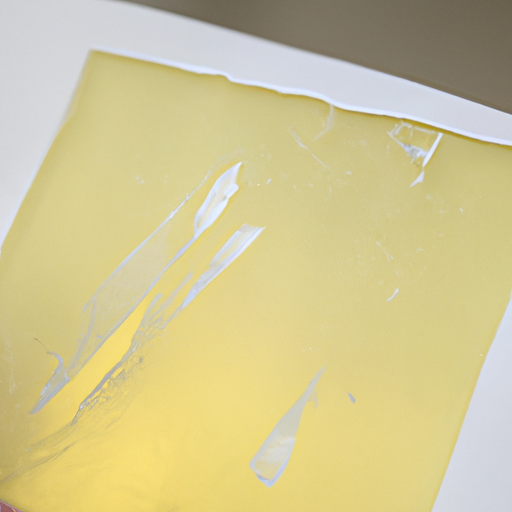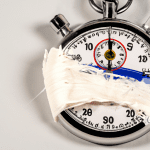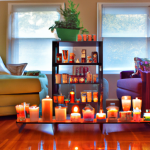Is Sticky Back Plastic Heat Resistant? Find Out Now!
Sticky back plastic, also known as self-adhesive film or contact paper, has become a popular choice for DIY enthusiasts and interior decorators. It offers a quick and affordable way to transform surfaces, such as countertops, furniture, and walls. However, one question that often arises is whether sticky back plastic is heat resistant. In this article, we will explore this topic and provide you with the information you need to know.
Understanding Sticky Back Plastic
Sticky back plastic is typically made from PVC (polyvinyl chloride) material, which is known for its durability and versatility. It comes in various designs, patterns, and finishes, allowing you to achieve different looks and styles. The adhesive backing on the plastic allows it to stick to smooth surfaces easily, making it a convenient option for home improvement projects.
Heat Resistance of Sticky Back Plastic
When it comes to heat resistance, sticky back plastic has its limitations. While it can withstand moderate temperatures, it is not designed to handle high heat sources directly. Exposing sticky back plastic to excessive heat, such as placing hot pots or pans directly on the surface, can cause the plastic to warp, melt, or peel off.
It is important to note that the heat resistance of sticky back plastic can vary depending on the quality and brand you choose. Some manufacturers may offer heat-resistant versions of sticky back plastic that can withstand higher temperatures. Therefore, it is crucial to read the product specifications and instructions provided by the manufacturer before using sticky back plastic in areas prone to heat exposure.
Protecting Sticky Back Plastic from Heat
To ensure the longevity of sticky back plastic and prevent any damage from heat, it is recommended to take certain precautions. Here are some tips to protect your sticky back plastic from heat:
1. Use trivets or heat-resistant mats: When placing hot objects on surfaces covered with sticky back plastic, always use trivets or heat-resistant mats. These accessories act as a barrier between the heat source and the plastic, preventing direct contact and potential damage.
2. Avoid direct heat exposure: Keep in mind that sticky back plastic is not suitable for areas that experience direct heat exposure, such as stovetops, ovens, or hot appliances. It is best to avoid applying sticky back plastic to surfaces that regularly come into contact with high temperatures.
3. Maintain proper ventilation: Adequate ventilation is essential to prevent the buildup of heat in enclosed spaces. Ensure that the area where sticky back plastic is applied has proper airflow to minimize the risk of heat-related issues.
4. Follow manufacturer’s instructions: Always follow the manufacturer’s instructions and guidelines provided with the sticky back plastic. These instructions may include specific recommendations for heat resistance and maintenance.
Conclusion
In conclusion, while sticky back plastic offers a convenient and cost-effective way to enhance the appearance of various surfaces, it is not highly heat resistant. Exposing sticky back plastic to excessive heat can cause damage, such as warping or melting. To protect your sticky back plastic, use trivets or heat-resistant mats and avoid direct heat exposure. Always refer to the manufacturer’s instructions for specific heat resistance guidelines. By taking these precautions, you can enjoy the benefits of sticky back plastic while ensuring its longevity in your home improvement projects.




